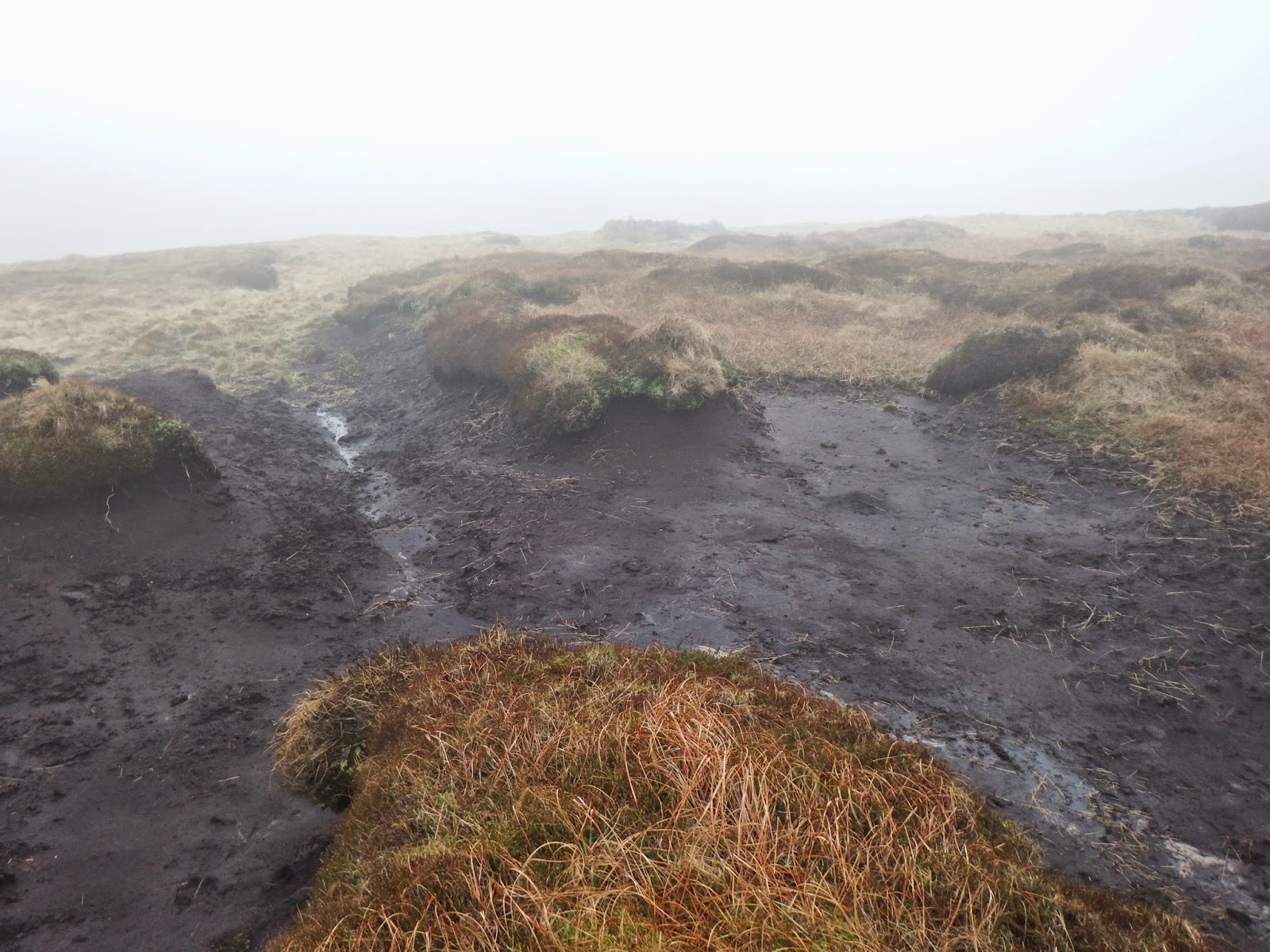The western edge of the Lincolnshire Wolds is a steep escarpment, stretching almost from the River Humber in the north to North Willingham in the south, just east of Market Rasen. The Wolds are designated an Area of Outstanding Natural Beauty.
We began the walk just outside Market Rasen, along this inauspicious looking footpath. Market Rasen has the only racecourse in Lincolnshire.
We were soon walking out along open fields. To the north, the "Golf Ball" , a radar station just north of Normanby le Wold was clearly visible. This was close to our final destination.
The flat fields continued as we headed south east towards Legsby.
Beyond the open fields, we entered Legsby Wood. The trees were just showing early signs of coming into leaf.
We turned north east to Willingham Woods and the A631. There is a tea bar and car park here, frequented by an interesting array of motorcycles and their riders.
Willingham Woods are managed by the Forestry Commission, but once part of the the grounds of Willingham House, a Neo-Classical mansion, now demolished.
From our tea break stop, we headed northeast towards the village of Tealby. We were soon out into open fields again. As we approached the tiny hamlet of Tealby Thorpe, the western ridge of the Wolds came into view in the far distance.
As we approached the edge of Tealby Thorpe, a beekeeper was at work - quite an unusual site!
Tealby Thorpe itself looked very picturesque, with the Tiver Rase flowing by.
Across another field, we reached Tealby. The King's Head pub is reputedly the oldest thatched pub in Lincolnshire.
The village is quite small but interesting, with narrow streets off the main road. There are old and quaint buildings, including this diminutive butcher's shop.
The church, like many along the ridge, is high on a hill overlooking most of the village.
We crossed the B1203 and joined the Viking Way north east along the top of the ridge. Just outside Tealby, Castle Farm was visible in the distance, to the northeast.
Looking east and southeast, a long view across the plain below, with Lincoln Cathedral silhouetted against the horizon, in the very far distance.
I have enlarged a section of the above photo and ringed the cathedral, as it is very small in the original image - see below. The cathedral is around 20 miles away.
Here is a view looking back over Castle Farm, once we had passed it by.
The splendid view to the west continued as we proceeded northwest towards Risby and Walesby.
We passed a deer farm - but no deer were on view, unfortunately.
The rolling nature of the path resulted in a succession of steep drops followed by climbs as we regained the top of the escarpment.
As we approached Walesby, All Saints Church came into view.
This church was derelict and abandoned for much of its recent history. It was largely superseded by another church down in the village below. Remains of a Roman villa were discovered close by. All Saints is now dedicated to ramblers. The interior is very old-looking, with few concessions to creature comforts!
It includes these traditional pews.....
Here is a view looking north from the churchyard.
We walked down a rough trackway into the quiet village of Walesby, before turning north and heading for open fields again. Our last big climb of the walk soon came into view.
On top, there was a beautiful view back to the south over ground we had already covered. Walesby village is in the valley below, with All Saints Church just visible in front of the trees on the horizon, in the centre of the photo.
Near the top of the hill is the tiny village of Normanby le Wold. Here is the church.
We climbed a little further, close the the highest point in Lincolnshire at 168 metres. This is as close as we got to the "Golf Ball", which is sited more or less at the highest point.
We then descended sharply west towards our destination at the village of Claxby. This was our final view from the top of escarpment, looking west.
Claxby is another tiny village - the "by" at the end of the name suggesting it was once a Viking settlement - the end of another interesting walk by the Sutton-in-Ashfield Ramblers. Many thanks again for another very enjoyable day out!






























































